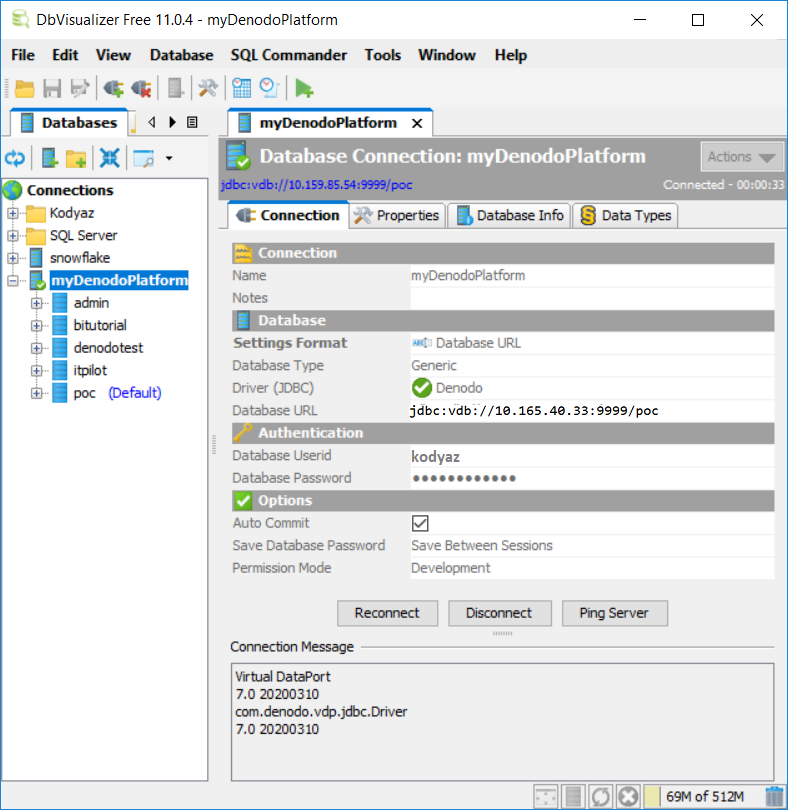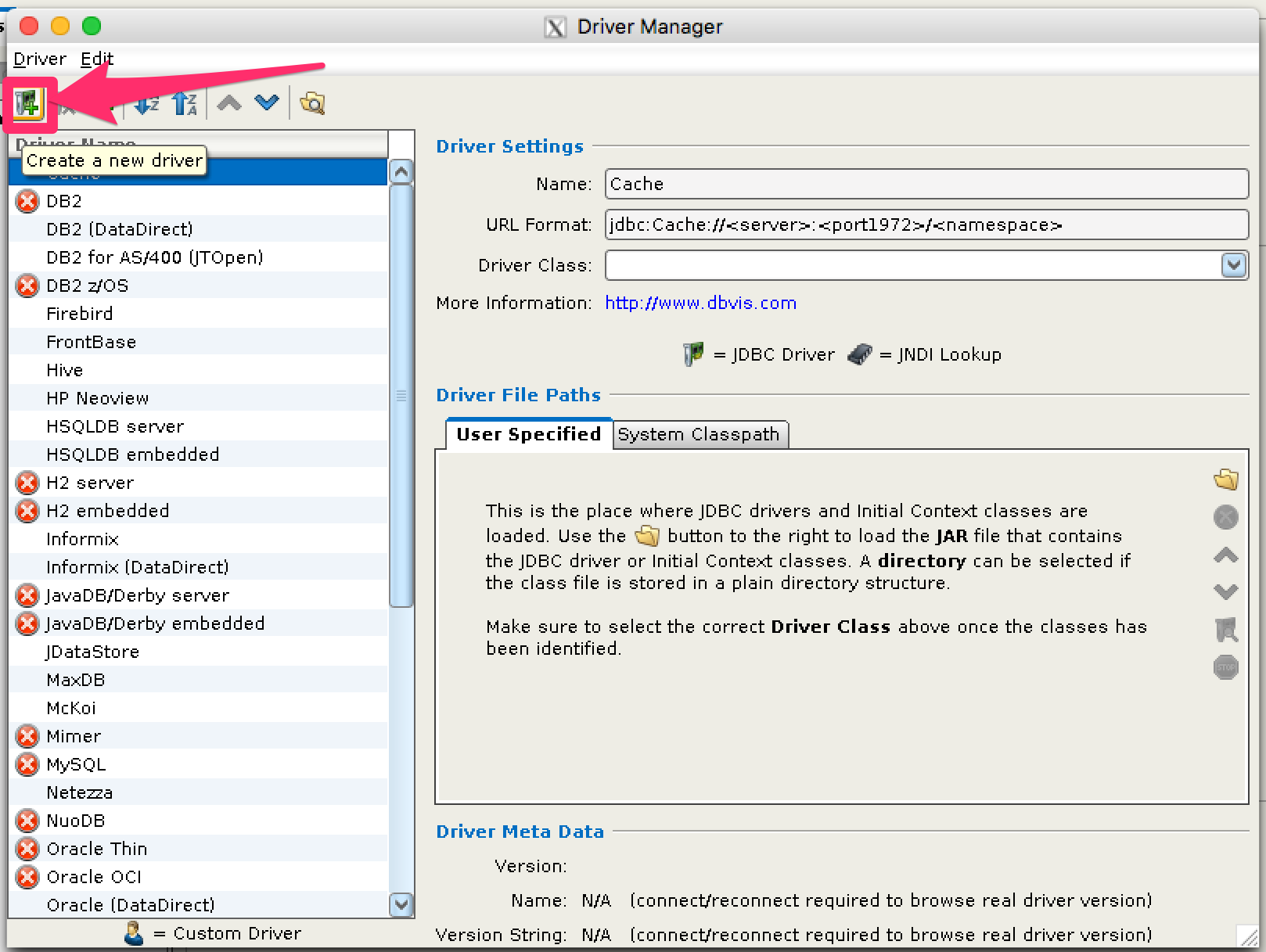

- #Dbvisualizer tutorial how to
- #Dbvisualizer tutorial install
- #Dbvisualizer tutorial code
- #Dbvisualizer tutorial professional
If you don’t know, you’re probably using MyISAM. You can still create a schema diagram if you’re using MyISAM, but it won’t reflect any foreign key constraints, as these are ignored by MyISAM.
#Dbvisualizer tutorial install
No problem if you haven’t–you can either download and install one manually or choose a version of the DBVisualizer installer that includes it.
#Dbvisualizer tutorial how to
To demonstrate how to create your schema diagram, I’ll make a few assumptions: In this post I’ll show you how to install DBVisualizer and use it to produce beautiful schema diagrams of your MySQL database. It’s written in Java, so runs on just about any platform, and it’s dead easy to set up and use. But now there’s no need to.ĭBVisualizer is a slick database client that creates a schema diagram of your database. And if you’ve ever had to get your head around someone else’s schema in a short period of time, you’ll know what I’m talking about–sure, you could try and visualize this in your head, or sketch it out with pen and paper after poking around using a bunch of queries. Once your database schema grows beyond a handful of tables, this can become a significant issue. But none of the tools I mentioned above can provide us a picture of what our database actually looks like–which tables have foreign key constraints that point where. If your application only consists of three or four tables, then you may already have one of these sketched out on a bit of paper. Well, if your brain works anything like mine does, then you’ll agree that sometimes it’s nice to have a “big picture” view of things–a diagram of your data goes a long way to helping understand how it fits together.

And frameworks like Rails have migrations now, so we’ve got all the tools we need, right? And if you don’t fancy doing your heavy lifting over http, there are desktop tools like MySQL Query Browser and TOAD.

We have web-based tools, like phpmyadmin and phpPgAdmin. Sure, we’ve come a long way from the SQL command line. You know, filling them with data, watching my users fill them with data, deleting my users’ data* … but as long as it’s all from the safety of a server-side programming language–I’ve never been a big fan of interacting with them directly. Give.Don’t get me wrong–I love using them.

#Dbvisualizer tutorial professional
In the following, you will learn how to use the C ++ language in Unreal and Visual Studio by making a simple game.Īfter explaining the topics and techniques of making the game, the instructor will teach you how to create some professional games such as first-person shooting and tank games, and will also teach you how to get output for Windows, Mac, Android, iOS, etc.
#Dbvisualizer tutorial code
Then you will learn how to code and build a C ++ project. At the beginning of this course, you will get acquainted with the Unreal user interface and its various parts. This course is designed as project-oriented and teaches you all the topics related to making games in the Unreal Engine game engine from basic to advanced level. Unreal is a powerful and free game engine that provides a wide range of game development capabilities, and many AAA studios and independent game developers use this engine to build their professional games. The Unreal Engine Developer Course is the name of a video tutorial from the Udemy site on how to build a game using Unreal Engine. This course, created in collaboration with Epic Games, will help you to create high-quality and attractive games using Unreal Engine and learn C ++ language from the basics. Images of The Unreal Engine Developer Course.The Unreal Engine Developer Course topics:.


 0 kommentar(er)
0 kommentar(er)
